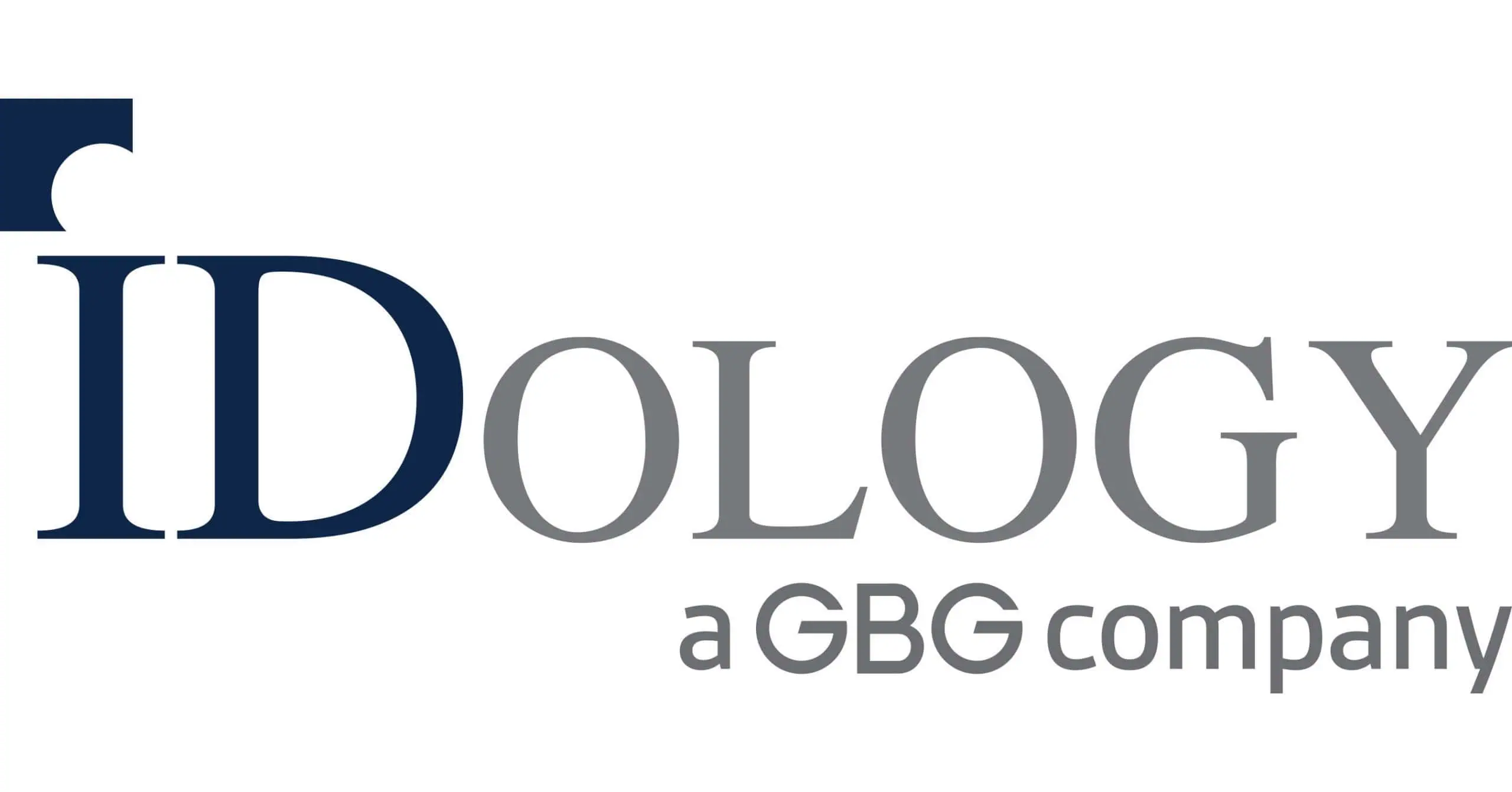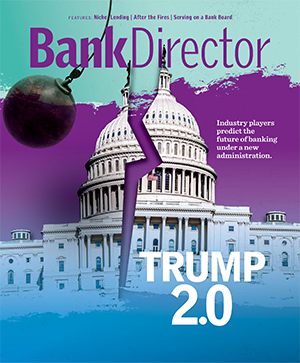
5 Best Practices for Digital Identity Verification
Brought to you by IDology

Attacks on the financial sector have increased steadily for two decades, and the volume of reported attempts surged in just the last few years.
In fact, 68% of financial services providers reported an increase in fraud attempts compared to the prior year. Fraud in the account opening processes is endemic; in response, institutions are using multi-layered verification to locate, approve and onboard legitimate customers with low friction while deterring fraud and maintaining compliance. A robust identity verification program allows platforms to capitalize on digital adoption while delivering a seamless customer experience. Fifty-three percent of Americans report that being prompted to take extra steps to verify their identity makes them trust that company more. And those who report being less trusting are less likely to engage in desirable downstream business practices.
A lack of trust creates a drag on profits while compromising the end-user experience. But institutions can use several best practices to locate and approve new legitimate customers, significantly lessening friction or fraud and streamlining the customer journey.
1. Analyze Multiple Layers of Data
Forty-five percent of organizations say they perceive multiple layers of identity attributes as a best practice. As fraudsters increasingly add sophistication to their schemes, additional layers, or “blankets,” of attributes that work together are the key to a seamless customer experience and fraud mitigation. Solutions that orchestrate multiple dynamic data sets not only detect and deter fraud – especially synthetic identity fraud – but don’t add friction because the solution is predicated on data collection practices that are easy to explain and defend.
Multiple layers at the heart of the identity verification process identifies legitimate customers more quickly and accurately, and uses additional verification methods only when absolutely necessary.
2. Layer Machine Learning with Human Fraud Expertise
Financial service providers can balance user experience with identity verification standards by combining increasingly adopted technologies with human fraud expertise. Financial institutions have the power to analyze massive amounts of digital transaction data by applying supervised machine learning (ML) to the identity verification process, creating efficiencies by recognizing patterns that can improve decision-making.
Coupling this with human expertise and intuition gives institutions the best of both worlds: enhanced anti-fraud protocols and new, more usable data sets that improve identity verification efforts going forward. Machines are great at detecting trends that have already been identified as suspicious, but have a blind spot of detecting novel forms of fraud. It’s critical that providers layer human fraud expertise on top of machine learning.
3. Embrace Data and Decision Transparency
Many ML-based solutions provide a pass or fail score that is as opaque as it is simple. Without visibility into decisioning data, institutions are left to depend on restrictive and hazy score-based identity proofing models. These “black box” solutions don’t offer data intelligence visibility; instead, they apply common engine logic across multiple customers and industries.
An effective identity verification solution should provide a continuous data feedback loop so institutions can understand and explain to regulators and consumers why they made certain decisions. This allows financial institutions to better assess their risk and fine-tune the identity verification processes to best fit their needs. This is nearly impossible to do with a system that relies on “black box” algorithms and little governance of modifications from one company to another.
4. Implement Customized Identity Verification Workflows
The ability to customize identity verification settings to meet specific customer needs is quickly becoming mission-critical. Every organization is different; every financial institution has different verification protocols that reflect these unique needs. This includes the ability to tweak and tune identity verification settings in real time, without the help of IT. Every institution needs the ability to act quickly as they anticipate attacks, adapt to changes in human behavior and respond to the emergence of new customer segments, profiles and needs.
At the same time, institutions need to empower decision-makers to collect less sensitive information or enact pre-qualification formats for certain applications, streamlining customer onboarding without compromising identity verification standards.
5. Cross-Industry Fraud Intelligence
It’s common for fraudsters to jump from industry to industry as they carry out their plans, which means that effectively fighting fraud is a group effort. With the right identity verification solution in place, financial institutions will have visibility into serial, multi-industry fraud schemes and trends and data across industries and channels.
As the financial sector moves towards a post-pandemic reality, fraud attempts are likely to grow alongside customer expectations. Identity verification will be an operational necessity and a moral imperative, keeping financial institutions and consumers safe in a challenging digital environment.


